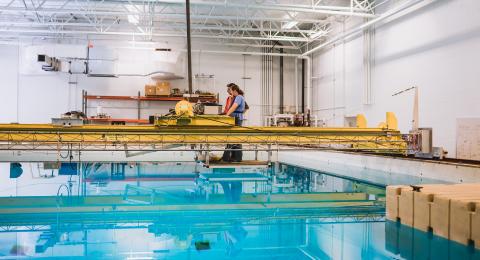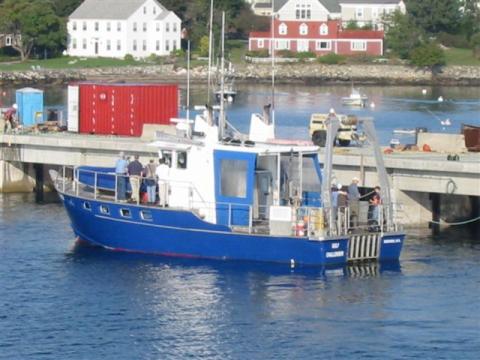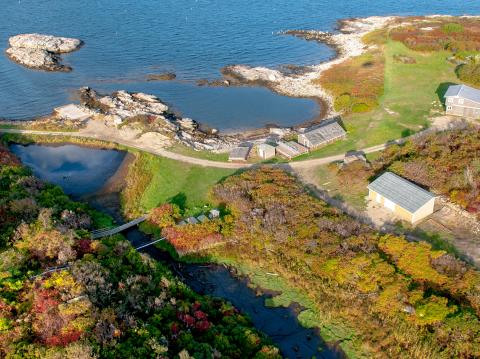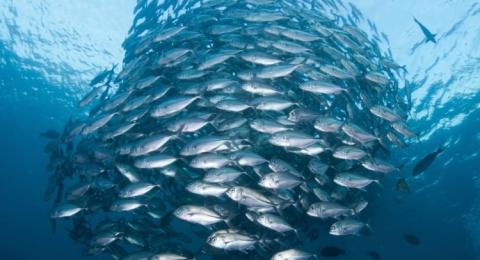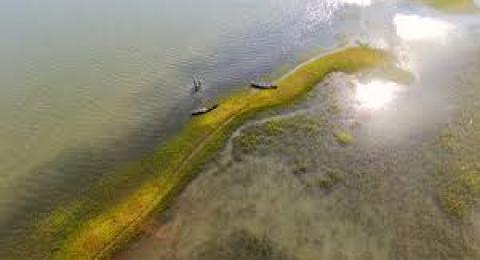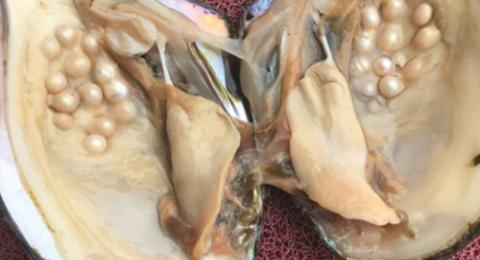The Marine School includes a number of cooperative institutes and academic and research centers of excellence that support the marine science education, research and outreach missions of the university. Collectively, they comprise a number of collaborative centers of excellence and cooperative research institutes with the National Oceanic and Atmospheric Administration (NOAA). These UNH/NOAA partnerships provide vital support for programs in applied marine science and public education, estuarine and coastal research, coastal ocean mapping and hydrography, marine fisheries and aquaculture, cooperative fisheries research, coastal ocean observing, and other areas of marine science.
A national marine energy center dedicated to research and testing of renewable energy technologies that harness the power of the ocean. This video, created in collaboration with the University of New Hampshire, Stony Brook University, Lehigh University, and Coastal Studies Institute, offers an in-depth look at the Atlantic Marine Energy Center (AMEC)'s purpose and capabilities. It showcases the wave-powered water pump that can benefit the aquaculture industry by helping circulate nutrient-dense water from deep waters to the surface.
